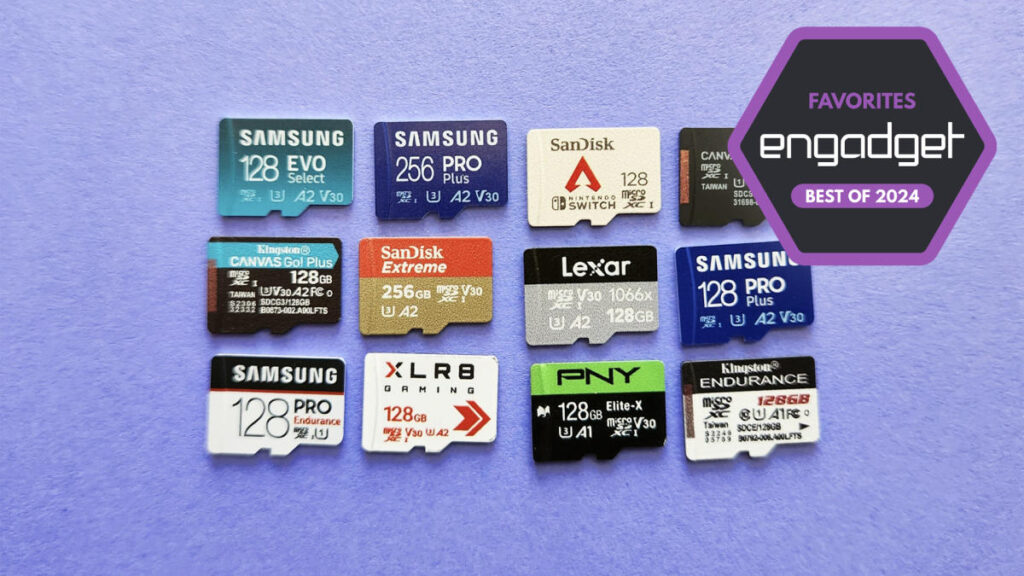Most microSD cards offer adequate speed for storing and transferring files, but some provide better value than others. Whether you need a card for a device like a Nintendo Switch, GoPro, Raspberry Pi, or dash cam, we’ve conducted extensive research and benchmark tests on over a dozen top microSD cards. Capacity is the first consideration when purchasing a microSD card, with sizes ranging from 32GB to 512GB (and now increasingly in 1TB). A 128GB or 256GB card is typically a good balance between price and storage, with a decent 128GB card costing around $15, a good 256GB card for less than $30, and a solid 512GB card under $40. It’s important to note that the performance of a microSD card may vary depending on the capacity you choose. When it comes to read and write speeds, most microSD cards have faster read speeds than write speeds, and the performance can be broken down into sequential and random performance. Speed ratings specified by the SD Association also play a significant role in determining the card’s speed and performance, such as the Video Speed Class (V-rating), UHS Speed Class (U-rating), and Application Performance spec (A-rating). UHS bus speeds also influence the speed of the card, with UHS-I and UHS-II cards available on the market. While UHS-II cards are the fastest, they come at a higher cost, typically used for shooting high-resolution photos and videos. It’s worth noting that some UHS-I cards can exceed the theoretical maximum speed of 104 MB/s through proprietary extensions in compatible card readers. Additionally, it’s important to consider device compatibility and real-world performance when choosing a microSD card.
